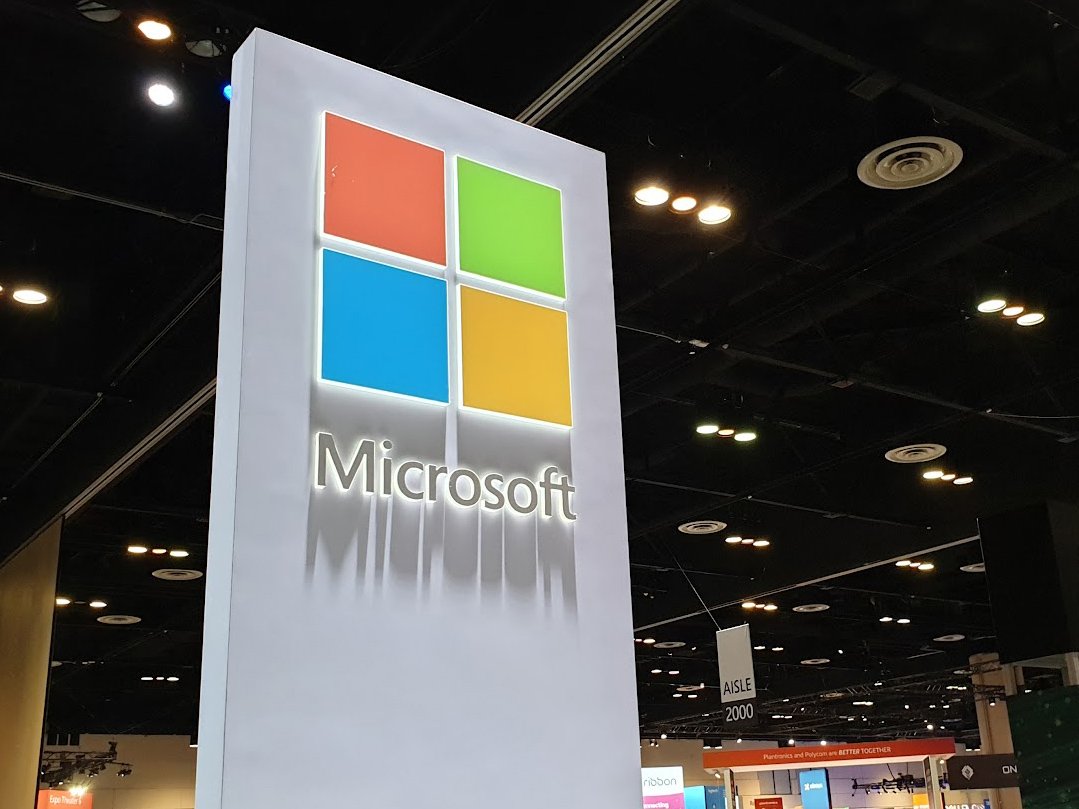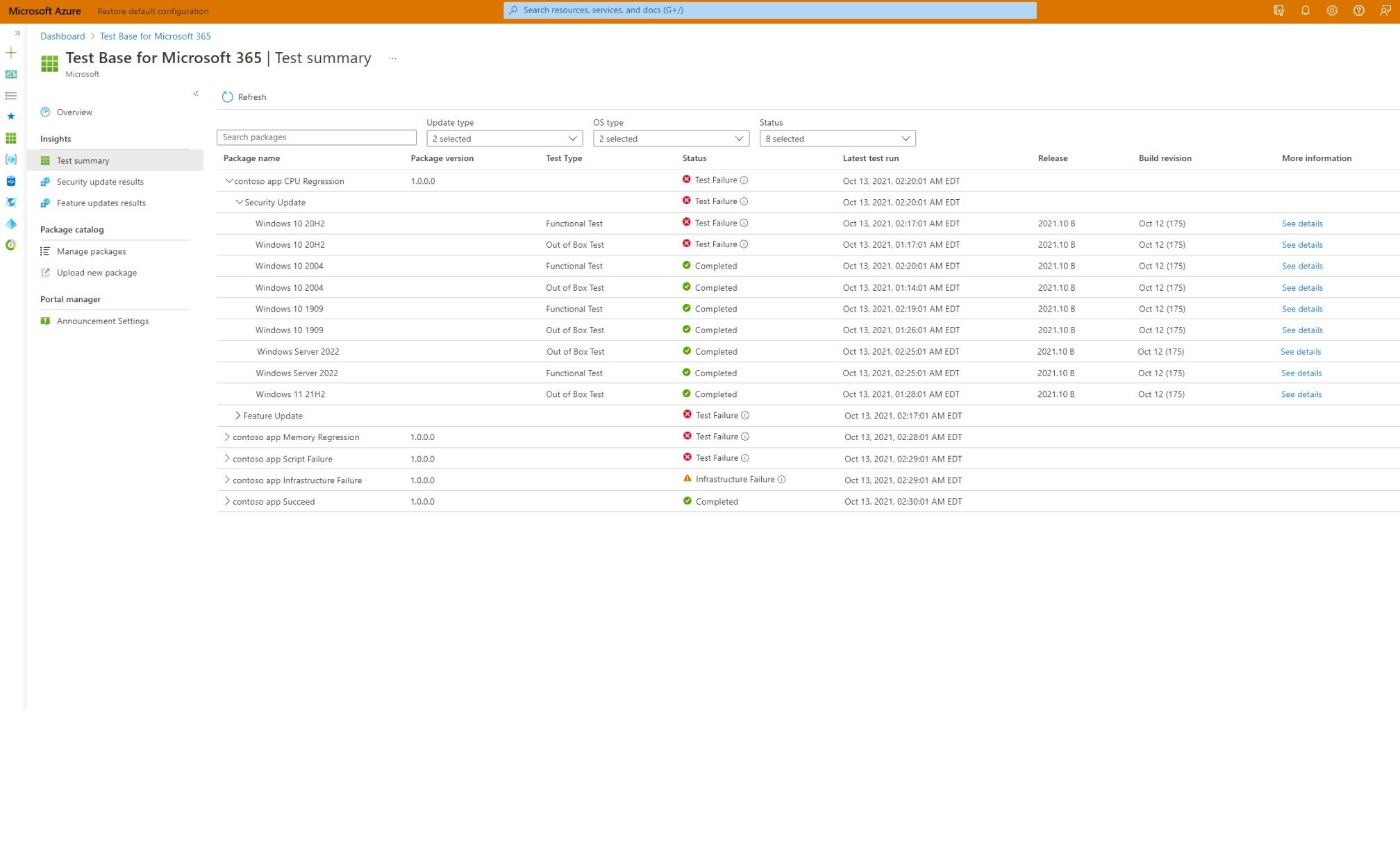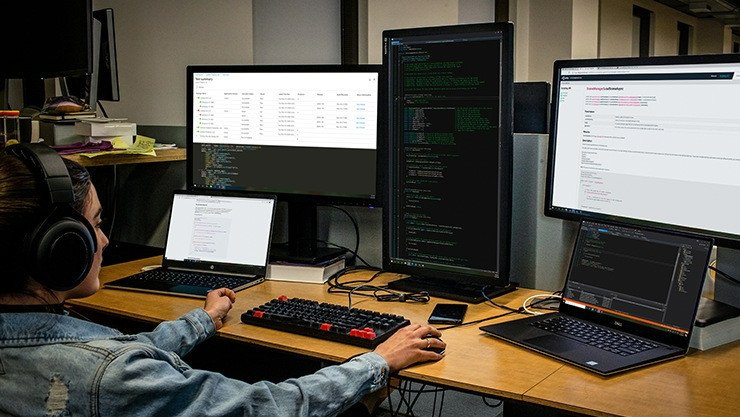How Microsoft Test Base prevented damages to millions of PCs
Microsoft's Test Base lets developers test their apps against multiple versions of Windows, all through the cloud.

Microsoft's Test Base brings together the power of Azure with the company's passion for development. With Test Base, developers can test their apps against multiple versions of Windows 11 and Windows 10, including pre-release versions of the operating systems, all from a single client.
Test Base can run compatibility tests for monthly security updates and annual feature updates. Since the service works with pre-release versions of Windows, devs can have the best Windows apps ready to go when an OS update rolls out.
Recently, I sat down for a virtual meeting with Raji Rajagopalan, Director of Engineering in Windows+Devices at Microsoft, and Rama Shastri, a principal group program manager at Microsoft, to discuss Test Base, how it helps developers, and how it has already saved millions of PCs from damages.
Simplifying remote development

Test Base wasn't specifically built for the pandemic; its development began in 2018, but it has become a tool that allows developers to work from home. Because Test Base runs on the cloud, developers can authenticate their programs from anywhere connected to the web. Previously, testing apps in this way would have required a physical office with several machines dedicated to running various versions of Windows.
"We've been working on this since [2018], so enter 2020, and as we all know, there is a global pandemic ... and we started seeing how a remote testing service can make the process of testing [through] the cloud be very effective for this moment in time," Rajagopalan explained.
The Test Base team is an example of remote work with a team spanning across the globe. Its members are based in Lagos, Nigeria; Shanghai, China; Redmond, Washington; and other areas around the world.
Operating on the cloud provides another benefit to Test Base users, not having to have large offices full of expensive setups. Depending on the scope of an app, offices could include dozens of PCs and servers for testing.
Get the Windows Central Newsletter
All the latest news, reviews, and guides for Windows and Xbox diehards.

Rajagopalan started her career as a tester at Microsoft. Back in those days, testing apps required complex and expensive setups that had to be maintained in-house.
"I started my career at Microsoft as a tester ... so I'm very familiar with writing huge test matrices where if I have to test my applications, I have to figure out what are the other dependencies and draw that matrix, which is quite tedious and expensive. Every time I had to do this, whether it was with automation or manual testing, it was a time-consuming process," Rajagopalan said.
How Test Base works

Test Base is a service by Microsoft that allows developers to onboard applications through the Azure portal for testing. It provides performance metrics, crash reports, and other test results to help developers determine whether an app runs as intended on different versions of Windows 11 or Windows 10.
If there is an issue with compatibility, Test Base can help determine what's causing problems. For example, Test Base can show you the moment an application failed, which can help find what was going on leading up to the app's failure.
Because Test Base is from Microsoft, it provides access to pre-release versions of Windows and Windows Server. This allows developers to be proactive rather than reactive. Without the benefit of testing against pre-release versions of Windows, developers would have long days any time a new version of Windows came out.
Of course, issues can still occur even after testing against pre-release versions of Windows, but Test Base's access to early builds takes some stress off devs.
Test Base has a free trial that includes 100 hours of free test validation. After the trial period, Test Base costs $8 per hour of actual use.
Saving people from trouble

Shastri shared a real-world example from a security software company (not specified):
They've been using Test Base to validate their apps, but in this case, they brought their latest app version, which was under development for them, and tested it against Windows updates. As they analyzed the test results and the performance insights that we provided, they observed that their new app version was consuming much higher CPU cycles than their previous version. Then, as they root caused it, they quickly found out that it was an issue because of buffer encryption that they had put in place. They were able to quickly fix the issue, and this prevented them from shipping a damaging issue to millions of their customers.
Rather than rolling out an update that spiked CPU usage and caused other issues, the company was able to address the problem before any customer was affected.
Future-proofed by the cloud
In some ways, Test Base was ahead of its time, and illustrates why moving toward the cloud is a sound strategy in many industries. While it wasn't designed with the pandemic in mind, being built on Azure allows remote development from teams around the world.
Now that hybrid and remote work are here to stay, developers can utilize Azure to build applications. Even for companies that have a physical office, Test Base allows organizations to move away from bulky and expensive setups for onboarding applications.

Sean Endicott is a tech journalist at Windows Central, specializing in Windows, Microsoft software, AI, and PCs. He's covered major launches, from Windows 10 and 11 to the rise of AI tools like ChatGPT. Sean's journey began with the Lumia 740, leading to strong ties with app developers. Outside writing, he coaches American football, utilizing Microsoft services to manage his team. He studied broadcast journalism at Nottingham Trent University and is active on X @SeanEndicott_ and Threads @sean_endicott_.
